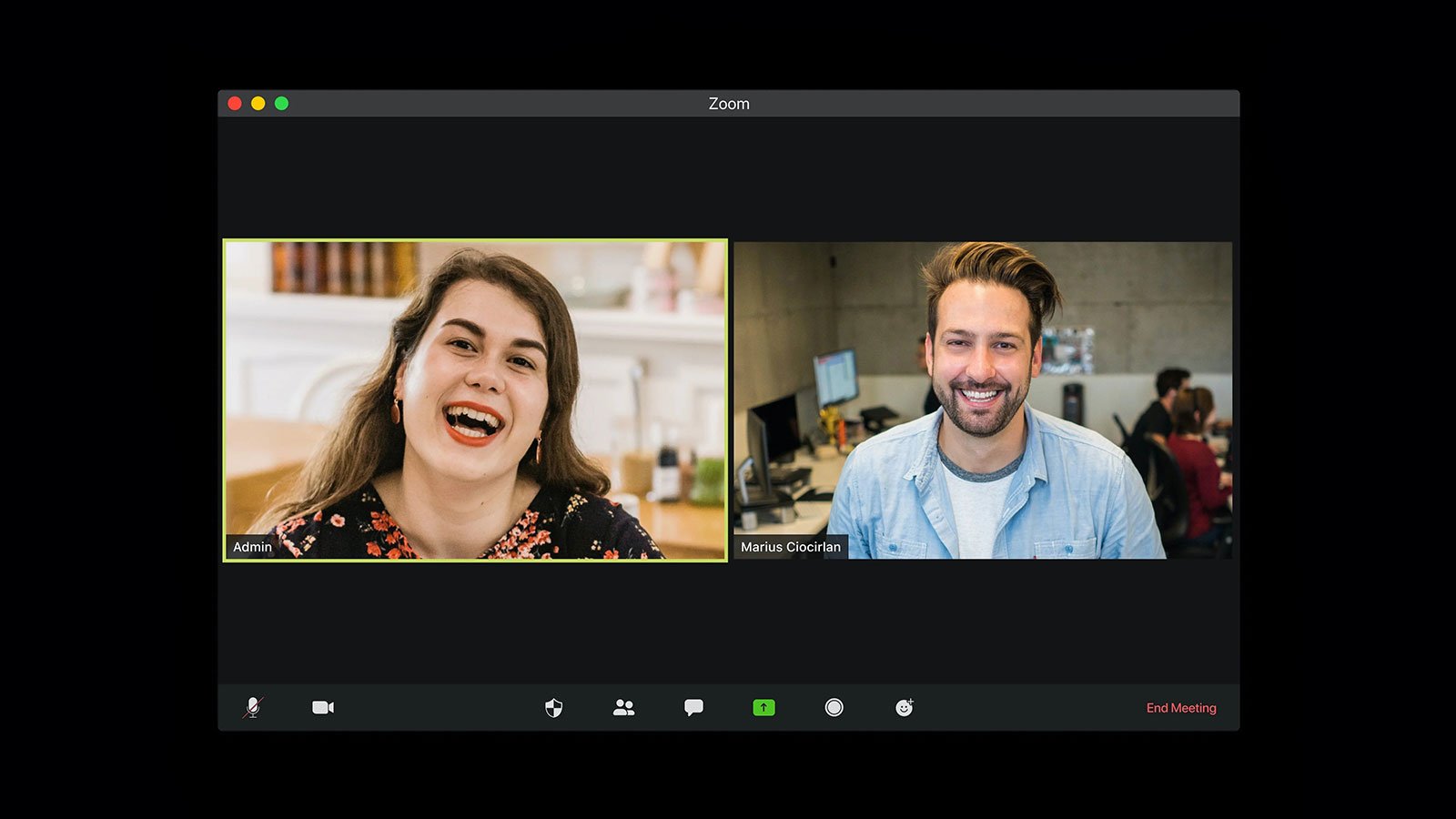Seven Steps for Developing Corporate Family-Caregiver Benefits Programs

By: Carolyn Romano, J.D.
Vice President of Product, Torchlight
Over 43 million people in the United States currently provide unpaid care to a family member; 52 percent of these caregivers are also employed full- or part-time. The demands placed on caregivers are often overwhelming, exhausting, and unsustainable. Many experts have identified this as an impending public health crisis.
Fortunately, caregiver advocates have been pushing for public policies to be created at a national level to address this growing stressor on Americans. With the recent enactment of RAISE— the Recognize, Assist, Include, Support and Engage Family Caregivers Act—a range of diverse stakeholders including family caregivers, healthcare and social service providers, and employers will soon come together to develop a national family caregiving strategic plan.
These stakeholders–along with the U.S. Secretary of Health and Human Services, older adults with long-term services and supports needs, and individuals with disabilities, among others, will be charged with identifying recommended actions the nation can take to address the “crisis in caregiving.” In particular, the RAISE Advisory Council must propose in its plan, solutions to address myriad workplace issues impacting an employee-caregiver’s ability to balance job responsibilities with caregiving ones.
Fortunately, there is much a company can do now to prepare for the RAISE Act’s–or any other legislative initiatives–recommendations. By following the seven steps outlined below, you can create your own comprehensive corporate caregiving strategy, one that ensures your company is well positioned to support the many family caregivers in your employ, even if you never know who they are.
Step 1: Develop a clearly articulated position and policy on employee-caregiver support.
When it comes to caregiving and its impact on your company, what ground are you standing on? Do you believe that taking care of your employees and taking care of your employees’ families are your responsibility, in whole or in part? A growing number of companies take this position–and take it quite seriously–by providing a full complement of benefits and supports to employees and their families. Take some time to articulate your company’s position and then draft (or update) your policy on employee-caregiver support as well as your policies on attendance, leave, flexible work, compensation (including bonuses), recruitment, hiring, promotion, discipline, and termination. Make sure each policy contemplates and includes an understanding of the impact of caregiving challenges–whether disclosed or not–on these aspects of your business, your company’s commitment to support, and the language of any caregiver law in your state/locality (more about that in Step 3). Also be sure to include language in your policies that reflects a zero-tolerance approach to family caregiver discrimination, a process for filing complaints, and assurances against retaliation for filing them. This comprehensive set of policies will go a long way toward creating a supportive workplace culture across departments and the organization.
Step 2: Design out-of-the-box, flexible approaches to solving employee-caregiver challenges.
Many of the demands of caregiving take place during the “typical” work day. It’s when Mom’s doctor finally calls, or little Jasmine’s teacher reaches out at last to discuss challenging behaviors at school. When your employees can’t easily address these and other demands of caregiving, it increases their stress, impacts their ability to focus on the work at hand, and often leads to more days off — or worse — a reduction in hours or job flight altogether. This isn’t news to any of us involved in employing people. It also isn’t news to any of us involved in caregiving. What is news, however, is the small office set aside at a company so that employees can make and take time-sensitive and private phone calls about caregiving. What is also news is paid family leave or the ability to donate paid time off to a co-worker who needs to be at the bedside of a spouse or child with brain cancer. Also compelling is a “get-your-job-done” approach (location optional) versus punching a clock or otherwise having to prove seat time. Often times, flexibility in geography or schedule makes all the difference for an employee caring for a dad with early-stage Alzheimer’s who has somehow wandered off. Again. Consider what your company can do to creatively support as many caregivers in your employ as possible (think: scalable!). So many of these out-of-the-box approaches cost little to nothing, yet the payoff in loyalty and productivity can be incalculable.
Step 3: Understand the impact of federal, state, and local laws regarding caregivers in the workforce.
Increasingly, HR leaders are hearing about “family responsibilities discrimination,” or FRD, which is employment discrimination because of an employee’s caregiving obligations. Whether FRD is based on pregnancy, motherhood, fatherhood, care for sick family members, care for family members with disabilities, or care for ill or aging parents, it’s a no-no, and an expensive one at that. Many long-standing anti-discrimination laws, like Title VII of the Civil Rights Act of 1964, the Family and Medical Leave Act of 1993, the Americans with Disabilities Act of 1990, the Rehabilitation Act of 1973, and the Employee Retirement Income Security Act of 1974, prohibit employment discrimination based on certain protected classes (like women or people with disabilities). Make sure you understand how and when these federal laws apply. Then, be sure to brush up on the existence of any state and local laws which specifically prohibit unlawful discrimination based on status as a caregiver; currently, these laws exist in several states and over 90 local jurisdictions. If you have satellite offices in different cities or states, you’ll want to be especially aware of which laws impact your company and its employees. Finally, comply with these laws. More often than not, your employees are not looking to add complex litigation to their already challenged to-do lists. Supporting them from the outset will benefit all concerned.
Step 4: Train staff, especially managers, in supporting employee-caregivers.
Ask any employment law attorney or your own in-house counsel, and they will tell you that front-line managers–the ones who interact with your employees on a daily basis–are a key source of caregiver discrimination claims. These same people can–and should be–a key source of positive support for your employees who are caregivers. Use the consistent presence and ongoing relationship between a manager and employee to your company’s advantage by making sure that those on the front line understand the impact of caregiving on the people they supervise. Not only should managers be aware of the prevalence of nondisclosure of caregiving status, they should also know well the range of supports your company offers and when to use them. Offer professional development in these areas as well as in helping them understand and manage their own unconscious biases, e.g., how they feel about pregnant or nursing employees, people from different cultures, family leave, “proper” work habits, “what it takes” to get a job done, etc.
Step 5: Gain executive sponsorship and buy in.
Lack of executive sponsorship can be the death knell of even the most worthy corporate initiatives. Therefore, it is wise to find out who are your corporate caregiving champions at the top of the corporate ladder. Many of the folks on the top rungs are at the age where they are caring for their own aging parents with dementia or COPD or osteoporosis. Your CFO may herself be struggling with decisions for Mom who is no longer safe living alone or driving, and the VP of Growth Strategy might have missed an important meeting because Dad just gave his credit card number to a caller claiming to be the IRS. The CEO and Founder might be suing the public school so her son with Autism Spectrum Disorder can get the proper services. These are executives who have been there, and they get it. When you approach them, chances are high that they will buy in to the caregiving goals you are driving, lend their support, and find the budget you need to achieve those goals. That’s when you’ll realize that the “C” in “C-Suite” really stands for “Caregiving.”
Step 6: Offer a wide range of caregiving benefits.
Some companies are ahead of the curve when it comes to addressing the needs of its employee caregivers. For instance, a growing number now consider caregiving benefits to be part and parcel of their company’s “well-being” strategy. Why? Well, despite all recommendations to the contrary, people in caregiving roles (whether they are parenting, caring for aging loved ones, or caught in the sandwich) are NOT putting their own oxygen mask on first before assisting others. There is no time to go to the gym, or get a physical, or enroll in a wellness challenge at work, no matter how appealing the incentive. Instead of addressing their own self-care needs, these employees spend their “free” time dealing with unresolved family crises. But, when companies help families solve their most pressing caregiving challenges, they can “unblock” the path to personal wellness, improved health outcomes, and decreased healthcare costs. This intentional effort produces a clear win-win. So, if your company still has some work to do before it’s on its caregiving-benefits growth edge, you will first need to think beyond “our EAP covers that” or “we offer back-up care so our family caregiver needs are all set.” While both of these are essential to a solid caregiving benefits offering, understand that these often address the symptoms of caregiving. What they fail to address, however, are the root causes that drive the need for counseling or unexpected coverage in the first place. Fortunately, there are plenty of other caregiving benefits out there that can round out your company’s offering and more fully meet your employees’ needs. With a little research or a call to your broker, you can explore what’s available and make some decisions well before the flurry of open enrollment requires all your attention.
Step 7: Communicate openly and often with staff.
One of the most important questions an HR professional (or any executive for that matter) can ask him or herself is, “Who else needs to know?” Communication is vital to the success of your new corporate, family caregiving strategy. At the same time, communication of benefits remains a persistent challenge for companies across the board. HR and benefits professionals are tasked with what feels like an impossible assignment of making sure that employees know what benefits are available to them. They email company newsletters, push notifications, and add benefits to the company portal, yet utilization still lags behind desired levels. If this struggle is real for you, too, consider adding some low-tech strategies to your outreach arsenal. For example, while perhaps indelicate, flyers on the back of the bathroom stall door or next to the mirror at the restroom sink may catch your employee’s eye more reliably than one more email in a cluttered inbox. Don’t underestimate the value of word of mouth either, especially when it comes from an employee resource group. Because employees often trust their coworkers more than the corporate “suits,” this seemingly unscalable, did-you-hear-about? approach often begets surprising results. Finally, many employees can’t resist the right “swag” emblazoned with your company’s announcement of a new benefit.
It’s worth your time and attention to think deliberately and intentionally about your company’s corporate caregiving strategy. With a robust strategy in place, you might be astonished by the benefits to both your employees and your company’s bottom line when you show just how much you and your company care.
Carolyn A. Romano, J.D., has over three decades of experience advocating for and participating in systemic change efforts, including those that leverage technology, to improve the lives of children, the elderly, and populations at-risk. As Vice President of Torchlight, she relies on this expertise to raise awareness among employers about the need for effective corporate caregiving strategies and to support the hard-working employees at those companies who are working just as hard at home to take care of the most important people in their lives. She can be reached at cromano@torchlight.care.



